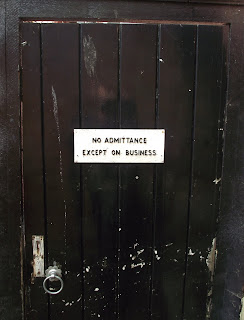Atop the Bump are the concrete remains of a Second World War Y-Station. These stations collected material and information to be passed along to the code-crackers of Bletchley Park. Beside these remains stands a small triangulation pillar (orw trig point) - erected by Ordnance Survey in the mid-1930s, thousands of these were erected during the Retriangulation of Great Britain. The project more accurately measured and mapped the land, forming the basis of the British national grid reference system.
Massive projects that can shape the course not only of a region but of a nation. Little sense of it today, especially at a quiet 6am with the sun rising over the sea and the gulls cawing across the cliffs. Like I said, it's probably my favourite place, up there.



































